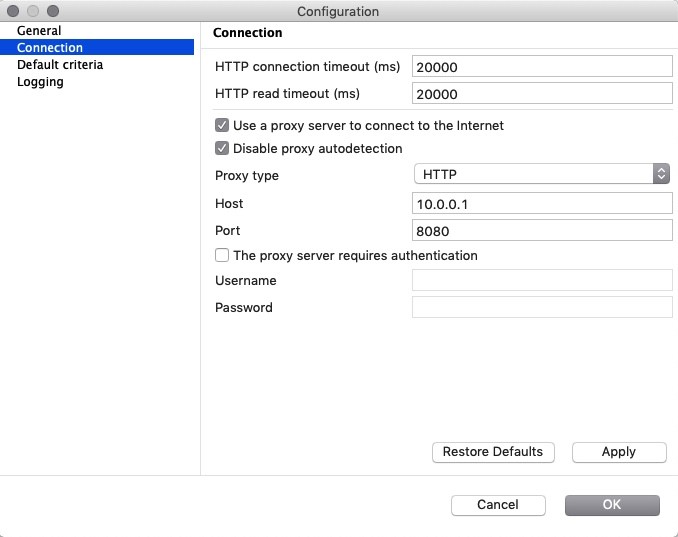

Relation describes how the link is related to the product. Products have zero or more links, which consist of: The latest updateTime for a product supersedesĪny earlier updateTime for the same product. UpdateTimes indicate different versions of the The product contributor, usually a network code.Ī unique identifier from the product source, forĪ millisecond timestamp that indicates when this version of the The id is made of of these four attributes: Unique identifier for a specific version of a product. There will be bytes property with content inline. String relative path within this product, frequently a filename. Moment magnitude derived from a moment tensor inversion of broadband waveforms at regional distances (RMT distances
#USGS EARTHQUAKE BULLETIN FULL#
The basic methodology for this approach has been modified from Sipkin (1982), and is very similar to that used for regional moment tensors (Mwr), with the exception that Mwb isolates the body-wave phases it inverts rather than using the full waveform.

Moment magnitude derived from a moment tensor inversion of long-period body-waves (P-, SH- and SR-) at tele seismic distances (~30 to ~90 degrees). Surface wave centroid moment tensor solutions directly from the gCMT project catalog (Ekström et al.), loaded by the USGS using the NDK format. The global (previously Harvard) Centroid Moment Tensor project (whose solutions have been systematically reproduced in the PDE (US contributor and catalog, gCMT or HRV author). USGS, following the approach of Polet and Thio (Earth Planets Space 63, 541, 2011) – identified with US author, contributor and catalog. Surface wave centroid moment tensor solutions derived by: gCMT updates are summarized in Ekström et al. US-Mwc updates are discussed in Kawakatsu (J. The basic methodology for both approaches is described in Dziewonski et al. Inversions are performed using data at tele seismic distances (~30 to ~90 degrees). Moment magnitude derived from a centroid moment tensor inversion of full waveforms (P-wave through surface waves US author) or long-period body waves and intermediate- to long-period surface waves (gCMT author). W-phase centroid moment tensor solutions computed in near real-time at the USGS NEIC. The distance range used is stored in the QuakeML momentTensor object “category” element.Ī compilation of W-phase centroid moment tensor solutions from Duputel, Rivera, Kanamori and Hayes (Geophys. W-phase solutions can be computed at both regional (~5 to ~20 degrees) and tele seismic (~30 to ~90 degrees) distances, though the majority of solutions are tele seismic. The W-phase is evident between the P- and Surface-waves on broadband displacement records. Moment magnitude derived from a centroid moment tensor (CMT) inversion of the W-phase, a very long period phase (~100 - 1000 s) arriving at the same time as the P-wave. The dots represent the axis of maximum compressional strain (in black, called the "P-axis") and the axis of maximum extensional strain (in white, called the "T-axis") resulting from the earthquake. Shaded areas show quadrants of the focal sphere in which the P-wave first-motions are away from the source, and unshaded areas show quadrants in which the P-wave first-motions are toward the source. The moment tensor image shows a visual representation of the style of faulting (focal mechanism) derived from the estimated moment tensor.

The tensor depends on the source strength and fault orientation. The dots represent the axis of maximum compressional strain (in black, called the "P-axis") and the axis of maximum extensional strain (in white, called the "T-axis") resulting from the earthquake.Ī mathematical representation of the movement on a fault during an earthquake. The focal mechanism image shows a visual representation of the style of faulting (focal mechanism) derived from the estimated moment tensor. USHIS - Stover and Coffman, Seismicity of the United States, 1568-1989 USGS National Earthquake Information Center, PDE Lamont-Doherty Cooperative Seismographic NetworkĬalifornia Integrated Seismic Network: Northern California Seismic System (UC Berkeley, USGS Menlo Park, and Partners)Ĭenter for Earthquake Research and Information Lamont-Doherty Earth Observatory Global CMT project, New York, USA


 0 kommentar(er)
0 kommentar(er)
